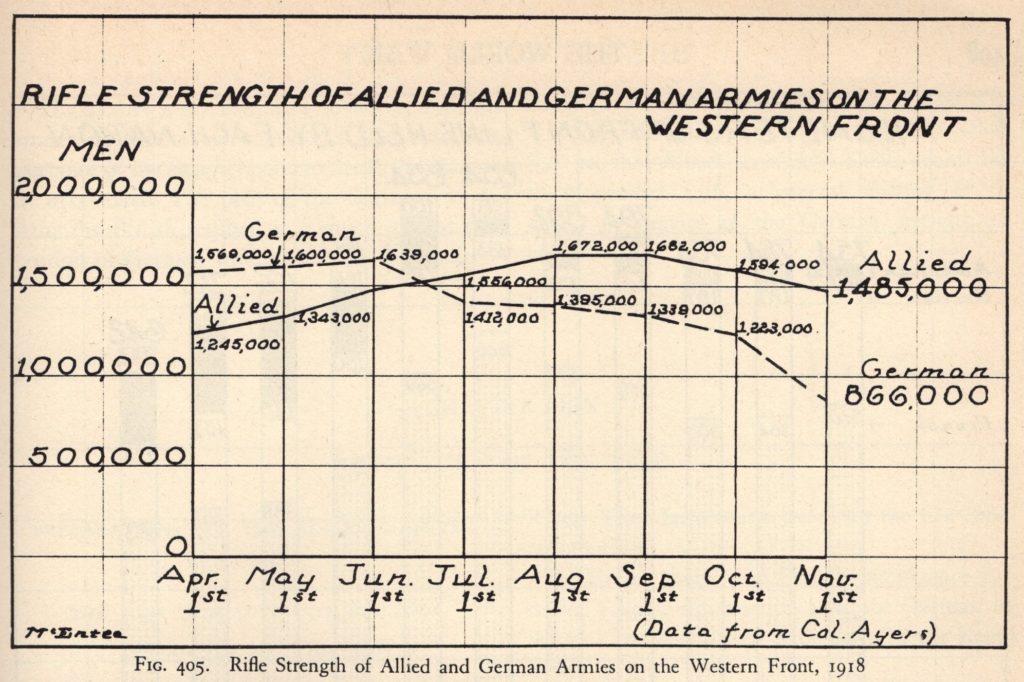While planning for 2022 I came across this inspiring quote from Walt Disney: “Whatever you do, do it well. Do it so well that when people see you do it, they will want to come back and see you do it again, and they will want to bring others and show them how well you do what you do.” Markus and I have been fortunate to have repeat clients, who have returned multiple times. These include: Valerie Young, Colin McAllister, John Snow, Bruce Blanchart, Heiner Saur, Andrew Pouncey and others. But, for those of you who do not know us, but who are considering using our tour services, this blog post series is meant to highlight things that we do well. In Part four we’ll examine our philosophy of trying to tell both sides of the story objectively.
The Germans have a phrase, “Der Sieger schreibt die Geschichte—The Victor Writes the History,” and it is true to a large degree. Looking at American writings after WW1 and, unfortunately even today, one finds heroic language about how the Doughboys bravely advanced against the enemy and ultimately won the war. However, few books attempt to analyze the quantity and quality of the German troops the Doughboys were facing objectively. If one does this, the victory looks a bit less spectacular. For example, German rifle strength on the Western Front declined significantly from its 1 June 1918 high. By 1 September, it was only 82% of that level. By 1 October only 75% and by 1 November only 53%. (Figure 405, Rifle Strength of Allied and German Armies on the Western Front, 1918. McEntee, Girard Lindsley. Military History of the World War. Charles Scribner’s Sons, New York, 1943.) Similar statistics showing very weak unit strengths in late 1918 can be found in some of the more complete German regimental histories.

On a similar note, most national accounts (American, British or French) ultimately overplay their nation’s and underplay other nations’ contribution to victory. For example, the British and Commonwealth often focus on the last 100 days of the war—starting with Ludendorff’s Black Day at Amiens on 8 August. But this ignores the Foch-ordered attack known to the Americans as the Aisne-Marne Offensive on 18 July—just three days after the last of Germany’s five Spring 1918 offensives and involving French, American, British and Italian Divisions.
Much the same can be said for World War Two accounts. In their well-researched account, “Kampfgruppe Peiper at the Battle of the Bulge” (Stackpole Books, Mechanicsburg, PA, 2008.) authors David Cooke and Wayne Evans include interviews with a former American soldier that questions exactly what sparked the initial gunfire at what is known as the Malmedy Massacre, and they found inconsistencies in the timing between the American and German accounts regarding fighting across the Amblève River in Stavelot on 20 December. These writers still receive emails from Americans who continue to take a very one-sided view of the KG Peiper story.
It is impossible to remove all national bias, but by working with a German counterpart, Markus Klauer, and by being fluent in and able to conduct research in German, one has access to a broader source of information. At Knee Deep Into History, we believe this translates into a more balanced account of the battle.
#kdih #kneedeepintohistory #battlefieldtours #ww1tours #ww2tours #meuse-argonne

Leave a Reply